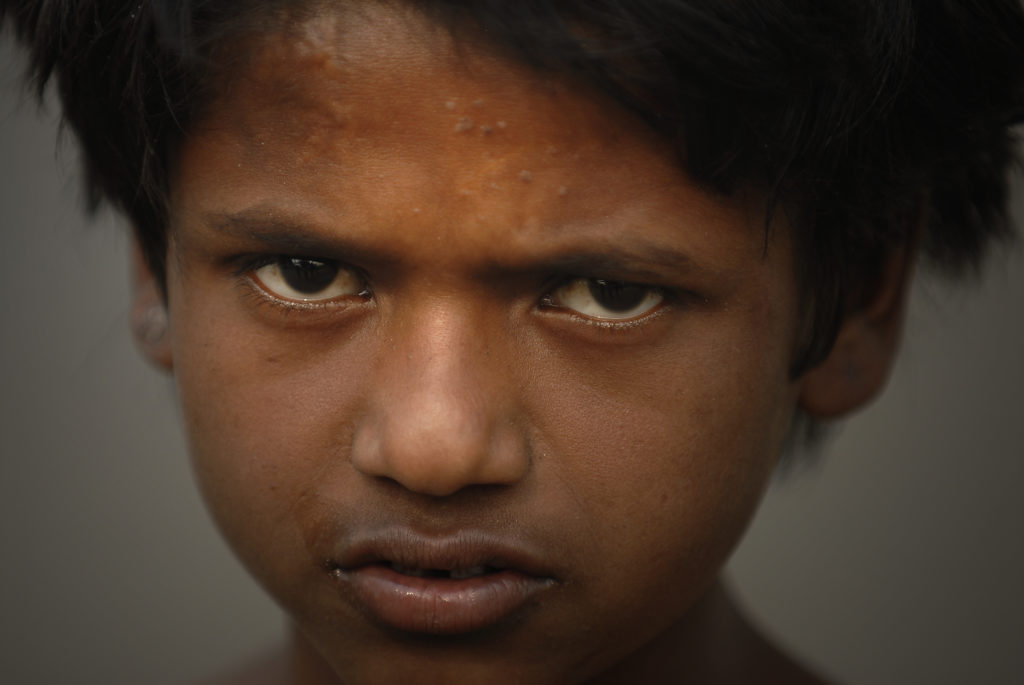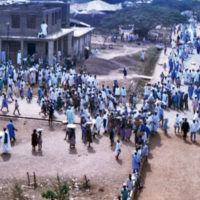NEW DELHI – It is estimated that there are more than 100,000 street children living in each of the major metropolitan areas in India, including Delhi, Mumbai, and Kolkata. It is also believed by many that these estimates are low, that the number of street children in each of these three cities alone exceeds 300,000.
No one knows for sure how many there are. The street children often migrate from place to place, they are not subject to any census, and they are often considered “invisible” to people who are going about their daily business.
Who are the street children?

UNICEF and most NGOs agree that a street child is, “any girl or boy … for whom the street (in the widest sense of the word, including unoccupied dwellings, wasteland, etc.) has become his or her habitual abode and/or source of livelihood; and who is inadequately protected, supervised, or directed by responsible adults.”
Sociologists concur that street children fall into one of four categories:
- Children who work on the street, but return to their families in the evening.
- Children whose family ties are weak.
- Children who live and work on the streets along with their families.
- Children who live and work on the streets on their own.
The categories do not necessarily identify how many of each group of street children are in harm’s way, but it helps NGOs and other agencies to better target the specific needs of the children they serve.
Who is CHETNA?
CHETNA is a Hindi word that means “creating awareness.” CHETNA is also the acronym for Childhood Enhancement Through Training and Action. It is one of the many NGOs striving to save the street children from violence, malnutrition, disease, lack of education, and survival. CHETNA desires to create a child-caring world while providing more children with the opportunities they deserve.
CHETNA’s initiatives are based on a well-defined set of assumptions, including, but not limited to
- Street and working children are the most vulnerable, and street and working girls are the most vulnerable of all.
- Children are not on the streets by their own choice. Survival compels them.
- There is a culture of keeping quiet about behaviors associated with street children.
- Our society is currently not fully child-caring.
- Our society doesn’t always put child rights into practice.
- Empowerment is necessary for change.
- Education is key to empowerment.
How does CHETNA help street children?
CHETNA works for all kinds of street children, regardless of gender, origin, or religion, inspired by an underlying ethic of compassion for their vulnerability and extreme marginalization.
Over 5,000 street children in Delhi benefited from school enrollment through CHETNA in 2019-2019. In cooperation with partner organizations, the program provided nearly 124,000 meals for street children and their families in Noida and Lucknow. Yet, these are only two examples of what CHETNA has been able to accomplish during its most recent fiscal year.
There are hundreds of thousands of street children who will never prosper without the help of NGOs and people who care and take action on their behalf.
Learn more about CHETNA by visiting their website.
Read more news on Children and India on Missions Box.
Sources:
- CHETNA, Official Website
- CHETNA, 2018-2019 Annual Report
- Wikipedia, Street Children in India




